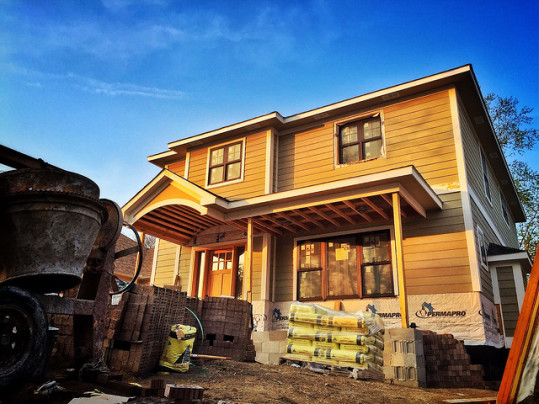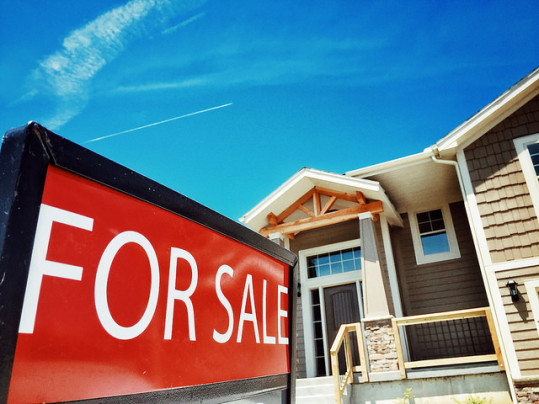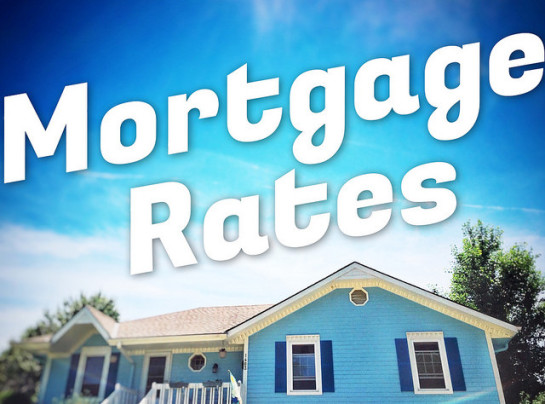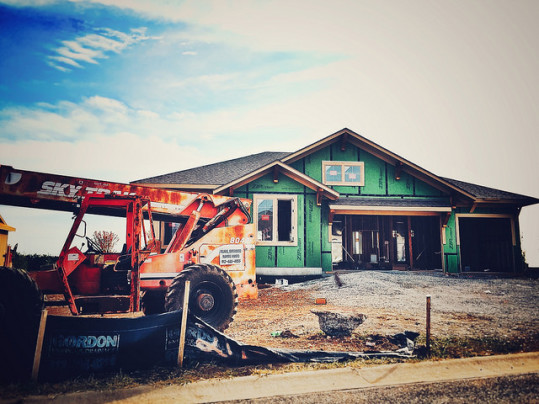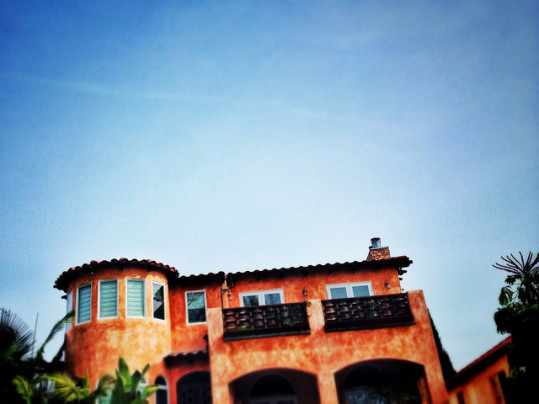In January, sales of newly built single-family homes increased 3.7 percent over the previous month and are now 5.5 percent higher than last year at the same time, according to new numbers released by the U.S. Census Bureau and the Department of Housing and Urban Development. But though the improvement was solid, it didn’t meet economists’ expectations. Surveyed economists were predicting a 6.3 percent sales increase. Weather could be among the possible reasons sales didn’t perform as well as expected. For example, a look at regional results shows sales up by double digits in the Northeast and Midwest. The South also saw gains, rising 4.3 percent from the month before. In the West, however, sales fell – which may be due to the fact that the west coast has had an unusually rainy winter. Overall, though, the news was positive, with sales signaling a boost in consumer confidence and a healthy level of demand among prospective buyers. It also shows that interested buyers have not been deterred by the rise in mortgage rates. The median sales price of new homes sold in January was $312,900. The average sales price was $360,900. More here.
Archive for February 2017
What You Need To Know About Property Taxes
There are a lot of things to focus on when you’re shopping for a house. Just for starters, you have to find the right house at the right price. That isn’t necessarily going to be easy. But you also need to figure out how much of a down payment you’re going to have, how much you’ll need for closing costs, how you’re going to move your things, and what you’ll have left over once the dust settles. For that reason, a lot of prospective buyers forget to think about how much they’ll be paying each year in property taxes. This can lead to some unwelcome surprises down the road. So what should you expect? Well, the way property taxes are calculated can vary widely depending on where you live – so can the amount. In fact, a recent state-by-state analysis from CoreLogic found taxes, as a percentage of total property value, can range anywhere from less than half a percent to nearly three percent. Illinois is home to the country’s highest property taxes, with a median rate of 2.67 percent. Other states with taxes over two percent include New York, New Hampshire, New Jersey, Connecticut, and Texas. On the other end of the spectrum, the lowest property taxes in the country are found in Hawaii, where the median tax rate is 0.31 percent. South Carolina, Wyoming, Alabama, Colorado, and South Dakota, among others, were also found to have property tax rates of less than one percent. More here.
Is January’s Sales Spike A Sign For Spring?
There has been a lot of discussion lately about what the housing market will look like this year. Will higher mortgage rates and rising prices hold off buyer demand or will consumer confidence and a better job market fuel a spike in sales regardless of what rates and prices do? One early answer comes in the form of the National Association of Realtors’ latest home sales figures. In January, for example, the number of previously owned homes that were sold was 3.3 percent higher than the month before and reached its strongest pace in a decade. This could be a sign that this spring’s real estate market will continue to build on last year’s strength. Lawrence Yun, NAR’s chief economist, says the January report shows that consumers are coming out despite the changing landscape for home buyers. “Much of the country saw robust sales activity last month as strong hiring and improved consumer confidence at the end of the year appear to have sparked considerable interest in buying a home,” Yun said. “Market challenges remain, but the housing market is off to a prosperous start as home buyers staved off inventory levels that are far from adequate and deteriorating affordability conditions.” Regionally, home sales saw strong gains in the West, South and Northeast but fell 1.5 percent in the Midwest. Also in the report, home prices experienced their biggest increases over last year in the West, South, and Midwest. The Northeast, on the other hand, only saw a modest increase year-over-year. More here.
Mortgage Rates See Slight Increase Last Week
Average mortgage rates were up last week, according to the Mortgage Bankers Association’s Weekly Applications Survey. Mortgage rates increased across all loan categories, including 30-year fixed-rate loans with both conforming and jumbo balances, 15-year fixed-rate loans, and mortgages backed by the Federal Housing Administration. Despite the increase, however, rates remain roughly within the same range they’ve been since they jumped last November. Joel Kan, MBA’s associate vice president of industry surveys and forecasting, says last week’s increase was related to expectations that the Fed might raise interest rates soon. “Rates were up last week as markets assessed that the Fed might increase rates sooner than expected on the strength of a recent pick-up in inflation readings” Kan told CNBC. Whatever the reason, higher mortgage rates have taken a toll on refinance activity, which dropped again last week. Demand for loans to buy homes also fell last week and, according to Kan, isn’t as high as it usually is at this time of year. Typically, buyers are beginning the mortgage process in anticipation of the spring season. This year’s lull may be due to higher interest rates, though it may also be the result of there being fewer homes available for sale in many markets across the country. More here.
Why New Homes Matter Even If You Don’t Buy One
If you follow real estate, you’ve heard a lot about inventory lately. That’s because, inventory – which refers to the number of homes available for sale – plays a big role in how much house the typical buyer can afford. When there are more homes for sale than there are interested buyers, home prices fall. These days, there are a lower-than-usual number of homes available to buy in many markets, which is why prices have continued to rise across the country. Of course, one good way to boost inventory is to build new homes. New home construction produces more choices for buyers and more competition among sellers, which helps balance the market. For this reason, the National Association of Home Builders regularly surveys builders to get a feel for whether they are optimistic about the market and likely to build more homes. The NAHB’s Housing Market Index scores builders answers on a scale where any number above 50 indicates more builders feel conditions are good than poor. In February, the index fell two points but remains in positive territory at 65. Granger MacDonald, NAHB’s chairman, says builders are generally optimistic. “While builders remain optimistic, we are seeing the numbers settling back into a normal range,” MacDonald said. Regionally, the Northeast and South were down, while the Midwest rose one point and the West was unchanged at 79. More here.
Despite Challenges Outlook Sees Growth Ahead
The housing market is always evolving – and at different rates depending on where you live. Whether you’re looking at new home construction or mortgage rates, the numbers are always in flux. Because of this, Fannie Mae’s monthly Economic & Strategic Research Group releases a monthly Economic and Housing Outlook to analyze where things may be headed. According to their most recent release, it’s difficult to forecast how things may play out through the rest of this year. On the one hand, lower inventory and higher mortgage rates suggest that affordability conditions will make it tougher for buyers looking for a house this year. On the other, the job market, wages, and economic optimism have all been trending upward recently, which could help offset some of the challenges ahead for buyers. Overall, Doug Duncan, Fannie Mae’s chief economist, says housing should continue to grow. “We expect housing expansion to continue, albeit at a more moderate pace than last year given continued pressure on affordability,” Duncan said. “Depressed inventory, particularly in the more affordable segments, will likely constrain sales and push home price gains that outpace income growth.” The report notes, however, that early indicators show buyer demand is still strong. In fact, both pending home sales and demand for loans to buy homes have recently shown an upswing. More here.
Buying A Home Remains An Affordable Choice
Despite rising prices and higher mortgage rates, an analysis of homes sold during the final quarter of 2016 found that 59.9 percent of both new and existing homes were affordable to a family earning the median income of $65,700. The numbers – from the National Association of Home Builders Housing Opportunity Index – show that the majority of homes available for sale are still within reach for Americans hoping to buy this year. Robert Dietz, NAHB’s chief economist, says buying remains an affordable choice, despite the fact that affordability conditions fell slightly from the previous quarter. “Affordability remains positive nationwide even as demand is outstripping supply in many markets,” Dietz said. “Though mortgage rates are rising, incomes should rise faster as well, helping to keep home prices affordable.” The report found the national median home price increased to $250,000 in the fourth quarter, up from $247,000. Still, a stronger job market and rising wages should help offset the effects of higher prices and rising mortgage rates. In addition, builders remain confident that the market will continue to improve this year, which could lead to more new homes being built. As more homes become available for sale, price increases should begin to moderate, which would help improve affordability conditions even further. More here.
